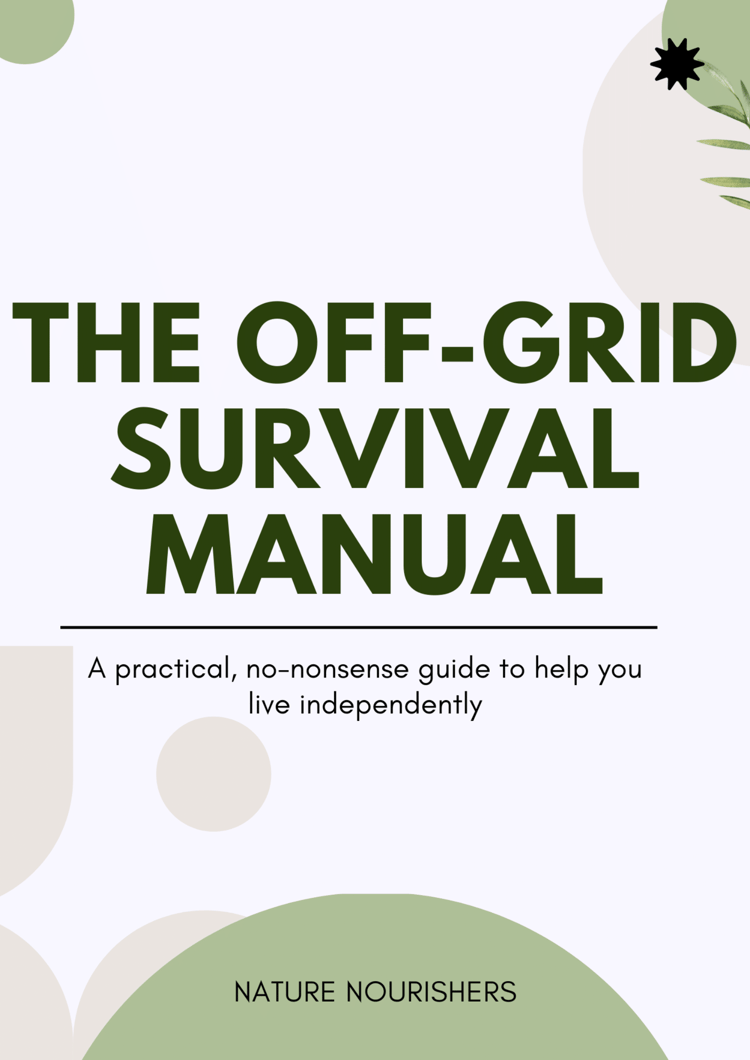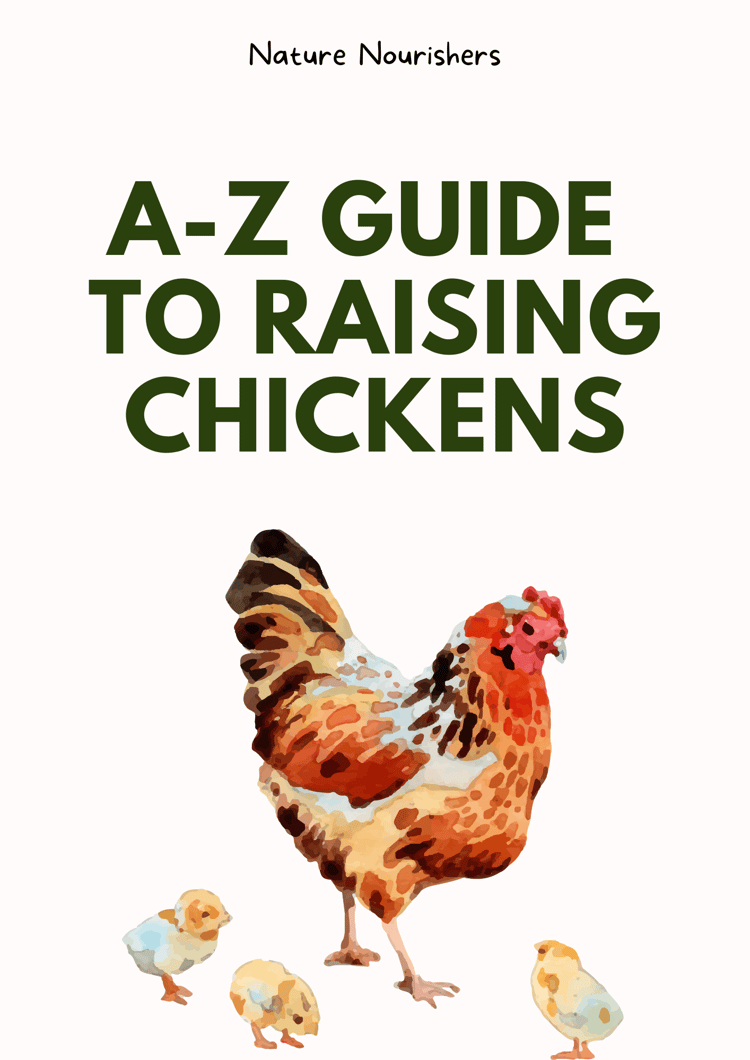Keeping bees is one of the most rewarding homestead practices — offering pollination for your garden, raw honey, beeswax, and a deeper connection to nature. While bees require attentiveness and respect, they are not aggressive when properly managed. This beginner’s guide will help you nurture thriving hives with confidence and calm.
1. Start With One or Two Hives
It’s best to begin small and build experience.
One hive gives you plenty to learn from, but two allows comparison and a backup if one colony struggles. You’ll get to observe different behaviors, spot issues sooner, and potentially share resources between hives.
2. Choose the Right Hive Type
Langstroth hives are the most common for beginners.
They’re modular, easy to manage, and widely supported. Top-bar hives offer a more natural approach and less lifting but require more careful comb management. Warre hives mimic a wild colony structure but are harder to inspect. Choose the style that fits your comfort, strength, and space.
3. Order Bees From a Trusted Source
Quality bees are key to a healthy start.
Buy your first nucleus colony (nuc) or package bees from a reputable breeder. Look for gentle, disease-resistant stock like Italian or Carniolan bees. Place your order early — most bee suppliers sell out by spring.
4. Place Your Hive in a Safe, Sunny Spot
Bees thrive in well-placed hives.
Choose a dry, sheltered location that gets morning sun and faces southeast. Ensure good airflow and avoid low, damp ground. Place the hive away from high-traffic areas and use a fence or hedge to direct their flight path upward and away from people.
5. Learn the Rhythm of the Hive
Bees follow a seasonal flow.
Spring is for buildup, summer is for honey production, fall is for preparing for winter, and winter is for survival. Get familiar with what to expect each season — and what your role is during each phase.
6. Use Gentle, Calm Handling
Bees respond to energy and scent.
Move slowly, avoid strong smells (like perfume or sweat), and never swat. Wear protective gear, use a smoker lightly to calm the hive, and time your visits during warm, sunny afternoons when most foragers are out.
7. Inspect Regularly — But Not Excessively
Open your hive every 1–2 weeks during active seasons.
Check for signs of a healthy queen, brood patterns, food stores, and pests. Keep inspections brief and purposeful. Unnecessary disruption can stress the colony or damage delicate comb.
8. Prevent Pests and Disease Proactively
Healthy hives can still fall to mites or disease if unmanaged.
Learn to spot signs of Varroa mites, wax moths, and small hive beetles. Use screened bottom boards, drone brood removal, or mite treatments when needed. Maintain strong colonies through good genetics and nutrition.
9. Leave Enough Honey for the Bees
Harvest only the surplus.
Your bees need about 60–90 pounds of honey to survive winter, depending on your climate. Be conservative in your first year — your colony’s health comes before honey yields.
10. Keep Learning and Observing
Beekeeping is never fully mastered.
Stay connected to local bee clubs, take classes, and read the latest research. Every colony is different, and your best guide is experience combined with curiosity and care. The more you observe, the more in tune you become with your bees’ needs.




